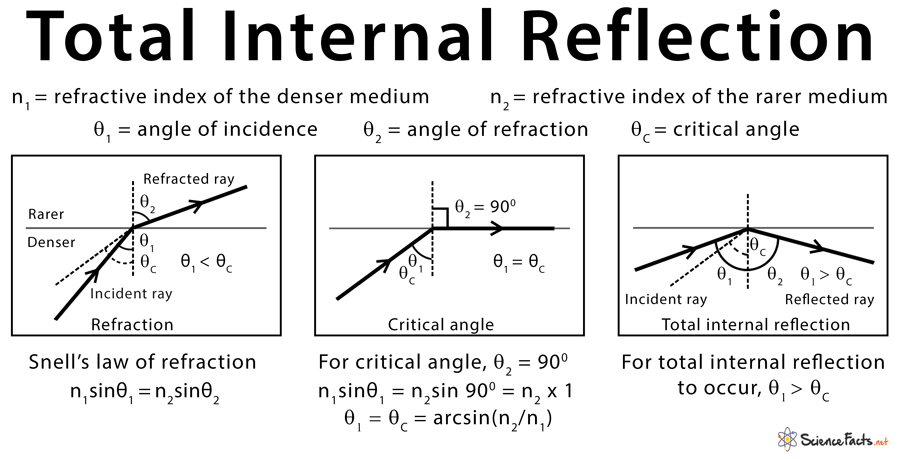
And then again, we're just going to use knows law. We know that status of two is not equaling 3/4 but 1/2 of 90 degrees. We know that here, if they had a sub one equals 90 degrees again. This would be refractive index for material one and four part D. So with end sub one equaling 1.33 we find that ends up to is gonna eat well, 1.4.

So we know here status of one is equaling 90 degrees and fade us up to is simply equaling 3/4 of 90 degrees. It's much easier to examine the right and point of the curve. So, using Snell's law, the value of ends up to is going to be also greater than the value of n someone for water So we'll say Refractive index for water being and someone for part C. Now, for part B, we know that we're going to use the exact same argument, So same argument as in part A and again, we're just going to use knows law. And if this is the case, uh, using Snell's law Ah, with fate us up too being less than status of one we find that's the refractive index of material, too will be greater than the refractive index of material one. Now, because of this because of this, we know that Ah, all ri fraction angles are less than incident angles. The, um could for material one falls under. Here, we need to consist of a Y equals X line at 45 degrees. If this is the case, we need the grass in figure 33. So here, um, we need the angles of incidents to be equal. In the original paper Maxwell fully derived them from the Lorentz force law (without using the Lorentz transformation) and also from the conservation of energy and momentum.

The equations were published by Maxwell in his 1864 paper "A Dynamical Theory of the Electromagnetic Field". The macroscopic Maxwell equations define two new auxiliary fields that describe the large-scale behaviour of matter without having to consider atomic scale details. They relate the electric and magnetic fields to total charge and total current, including the complicated charges and currents in materials at the atomic scale. The microscopic Maxwell equations have universal applicability but are unwieldy for common calculations. Maxwell's equations describe how electric and magnetic fields are generated by charges, currents, and changes of these fields. They underpin all electric, optical and radio such electromagnetic technologies as power generation, electric motors, wireless communication, cameras, televisions, computers, and radar. In physics, Maxwell's equations are a set of partial differential equations that, together with the Lorentz force law, form the foundation of classical electromagnetism, classical optics, and electric circuits.


 0 kommentar(er)
0 kommentar(er)
